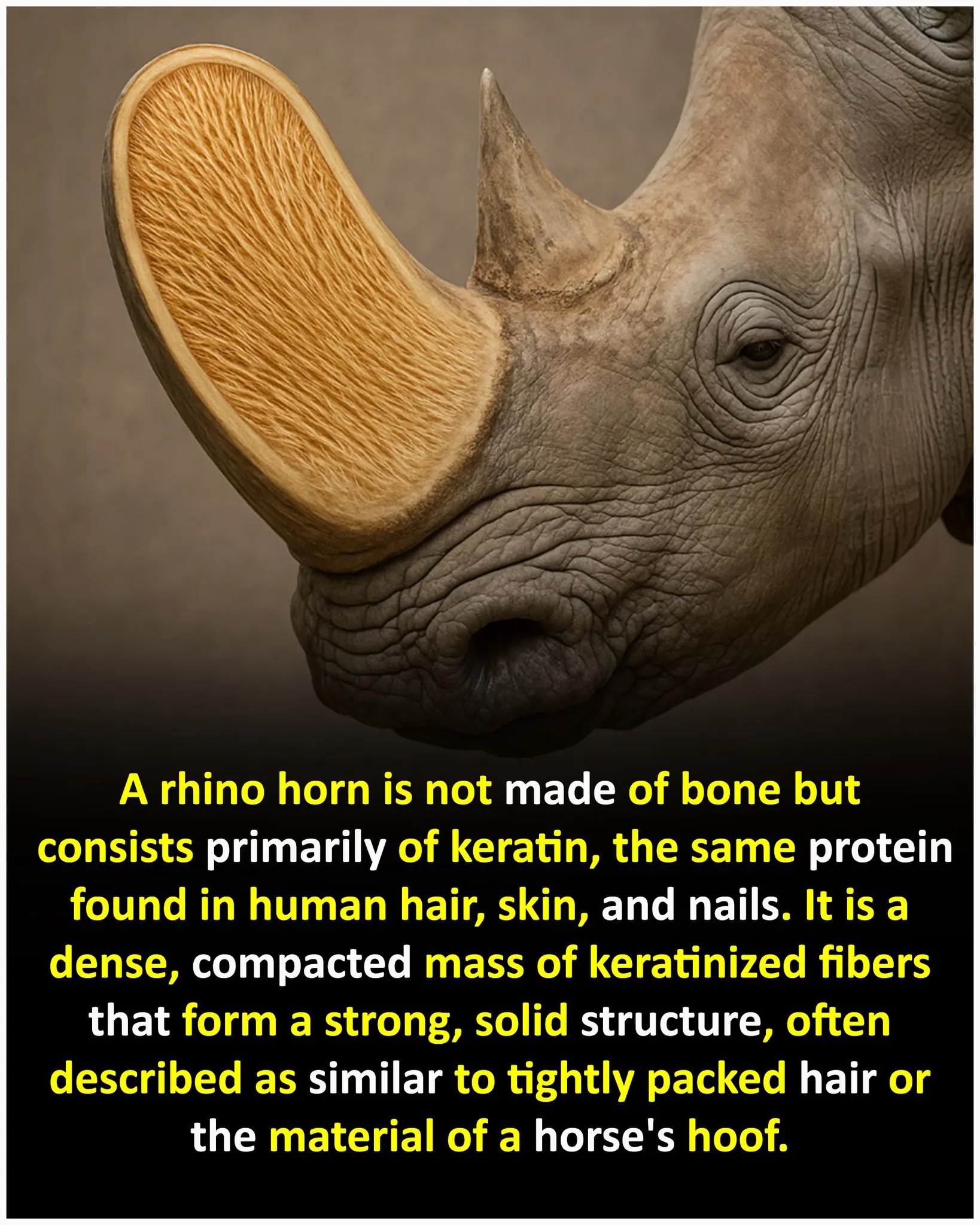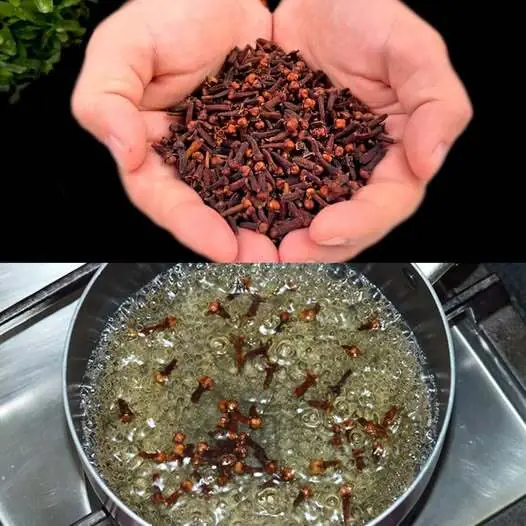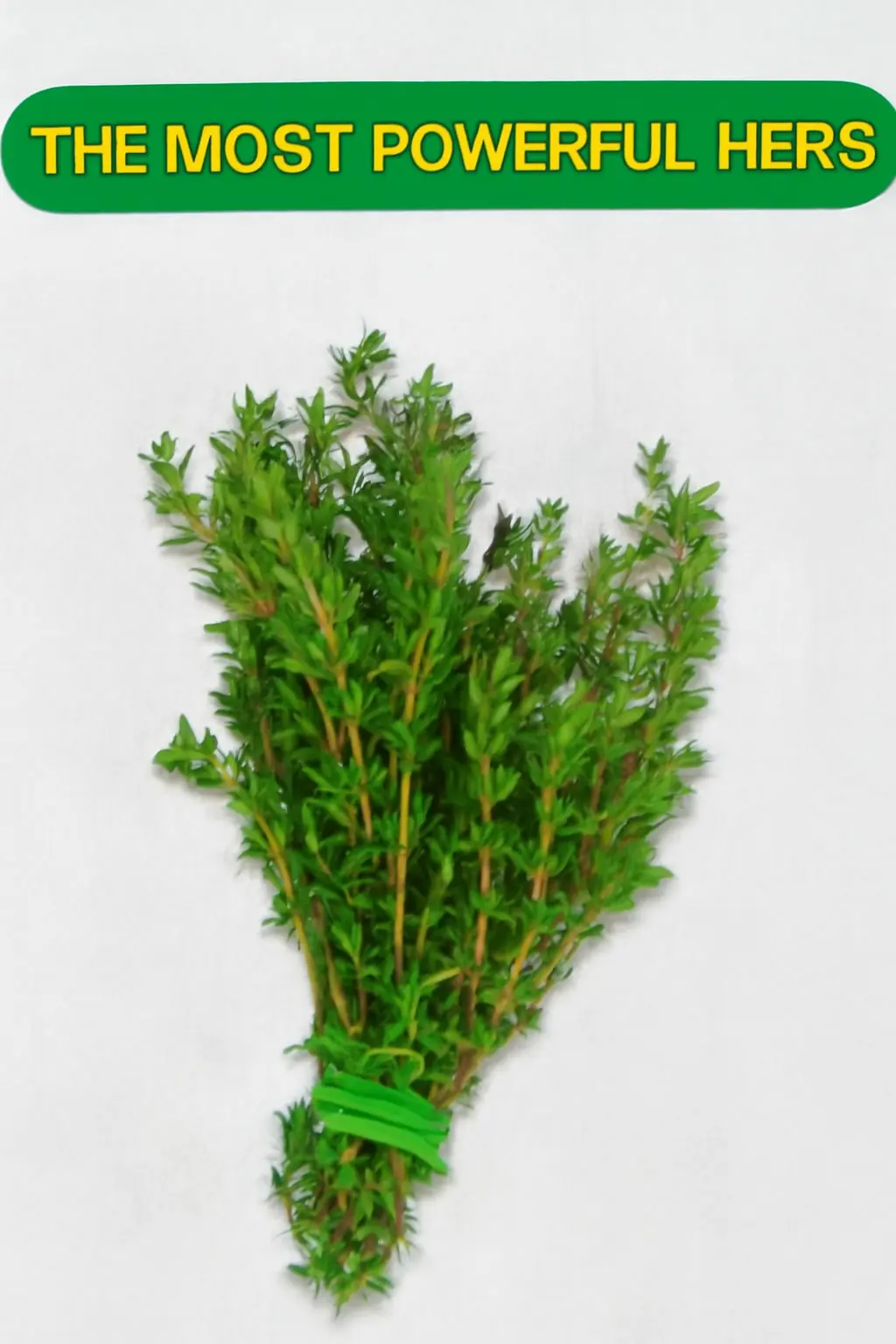Deep within forests and mountainous terrains across Asia and beyond, an extraordinary botanical phenomenon quietly unfolds—rare, rhythmic, and largely hidden from the human eye. This event is known as bamboo masting, a reproductive strategy so unique and elusive that it may only occur once in a human lifetime. For some species of bamboo, the wait for this spectacular display spans as long as 80 to 120 years.
A Life Measured in Silence
Unlike most plants, which flower annually or within a predictable cycle, many species of bamboo remain in a decades-long vegetative state, focusing solely on growth. During this time, they do not produce flowers or seeds. Then, often without any prior indication, vast swathes of bamboo—sometimes across entire regions—suddenly and synchronously begin to flower and release seeds. This synchronized seeding, known as masting, is not limited to one grove but can occur simultaneously among genetically related bamboo populations across hundreds of kilometers.
Once the flowering begins, the bamboo releases an astonishing volume of seeds, carpeting the forest floor in what has been described by observers as a botanical flood. In some documented cases, millions of seeds are dispersed over large areas in a matter of days, creating a temporary ecosystem shift and a feast for seed-eating animals.
The Mystery Behind the Timing
The exact mechanisms behind bamboo’s masting cycle remain one of botany’s most intriguing puzzles. Scientists have proposed several theories to explain this synchronized reproductive behavior. One hypothesis suggests that bamboo possesses an internal genetic clock—a biological countdown set at the seedling stage, ticking slowly over the decades until blooming is finally triggered.
Others believe that environmental cues, such as long-term climatic changes, shifts in rainfall patterns, or fluctuations in temperature, may act as external triggers. However, what sets bamboo apart from many other plants is the extraordinary uniformity of its timing. Even when spread across different geographies, genetically identical bamboo plants seem to flower and seed almost in unison—regardless of local environmental conditions.
A Strategy Rooted in Survival
But why would a plant invest decades of energy and growth, only to flower once and then die?
The answer lies in evolutionary strategy. By releasing such an overwhelming abundance of seeds all at once, bamboo increases the likelihood that at least a small portion will survive predation by insects, rodents, or birds. This is known as predator satiation—a survival tactic where the number of seeds is so vast that predators cannot possibly consume them all, allowing a percentage to successfully germinate and ensure the continuation of the species.
Furthermore, the mass flowering and subsequent death of mature bamboo stands create space and resources for the next generation. The dense shade disappears, the ground is enriched with organic matter from the decaying plants, and young shoots can emerge in full sunlight.
Ecological Consequences and Human Impact
While this natural cycle is essential for bamboo regeneration, it can also cause significant ecological ripple effects. In regions where bamboo is a dominant vegetation type, the sudden die-off can disrupt local ecosystems. In places like India and Southeast Asia, bamboo masting has even been linked to periodic surges in rodent populations, as the sudden glut of seeds leads to a population boom in rats—sometimes followed by agricultural destruction and even famine-like conditions.
For communities that rely on bamboo for building, tools, and economic livelihood, the mass die-off poses additional challenges. Entire bamboo forests may need decades to regenerate, and species used for commercial harvesting may not be available for another generation.
A Testament to Nature’s Ingenuity
Despite its rarity and unpredictability, bamboo masting is a profound reminder of nature’s capacity for resilience, timing, and interdependence. It challenges our perceptions of time in the natural world, demonstrating that survival is not always a race to reproduce but sometimes a patient, coordinated effort across decades and landscapes.
As scientists continue to study the genetic and environmental forces behind this phenomenon, bamboo remains a botanical marvel—its life cycle a testament to evolution’s long game.
🌿 For more in-depth explorations of nature’s mysteries, life cycles, and ecological wonders, follow our publication and stay connected with the wild intelligence of the natural world.







































